(and Why Does It Matter Anyway?)
How We Farm
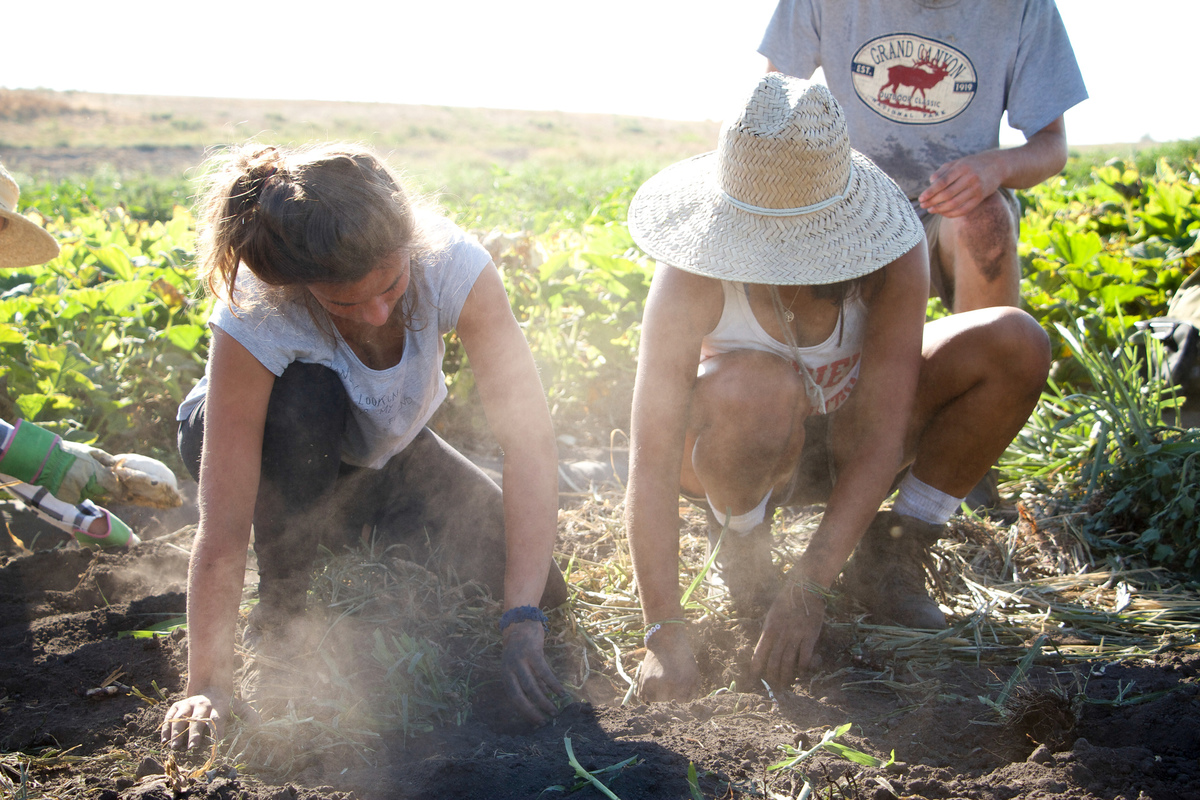

How We Farm
Growing Organically
We’ve all heard the term “organic”—organic farming, organic food, eating organic. We vaguely associate it with health and sustainability, but it’s been used so often in marketing that it’s lost much of its meaning.
In the original, narrower sense, “organic agriculture” meant raising crops and animals without synthetically manufactured pesticides, fertilizers, growth hormones, antibiotics, and nonorganic feed. But now, organic also means taking a socially and environmentally conscious approach of caring for the entire ecosystem in ways that promote biodiversity, conservation, and ecological harmony (we know—we just used a lot of big words there).
In plain English, that means that instead of fighting pests with poisonous insecticides, we grow our plants in ways that make them stronger and naturally more resistant. It means raising bees not just to help pollinate our crops but to raise the ecological health of the entire area even beyond our farm. It means paying careful attention to how we enhance our soils, which teem with wonderful microorganisms that nourish our plants—and ultimately you.
And, it means installing plantings of milkweed and nectar stations for monarch butterflies. Why? Because they’re pretty—and what’s good for them also happens to be good for the health of our farm—and where you live, too!
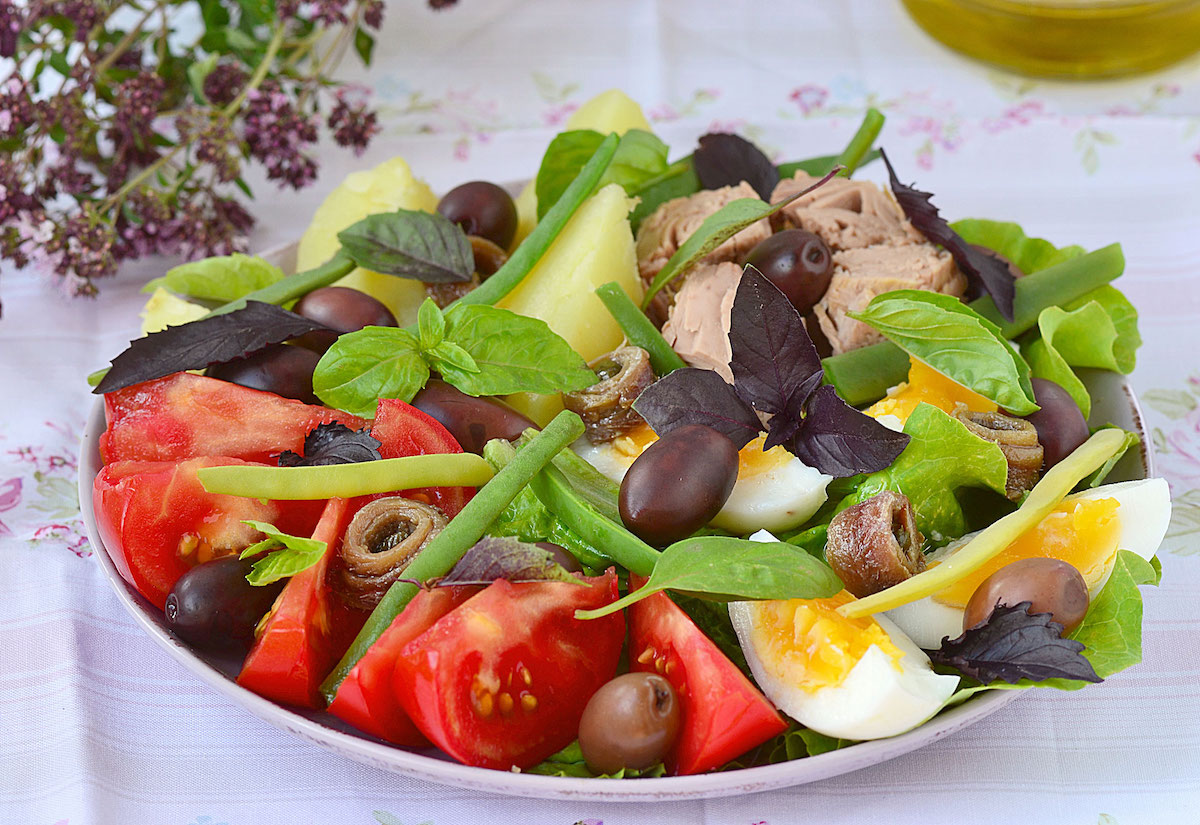
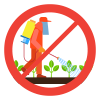
How We Farm
Leave Those Chemicals Off Your Plate
Certified-organic agriculture avoids most of the synthetic pesticides and herbicides found in conventional agriculture. These substances have been linked to birth defects, obesity, diabetes, ADHD, Alzheimers, Parkinson’s disease, and cancer. Each time you choose organic, you choose to leave these chemicals off your plate.
Since they don’t have the help of chemical pesticides, organically grown fruits and vegetables develop more robust immune systems to resist insects and pests. It turns out that the very same substances that make these plants stronger happen to be the antioxidants and phytonutrients that help our own bodies fight disease!
More than ever, our world swarms with pollutants and harmful residues in our air, water, food, clothing, workplaces, and homes. Much of this is beyond our control, but we can make a difference by choosing what we eat. We also make a huge difference in our community by supporting local organic farms that are committed to preserving our environment.
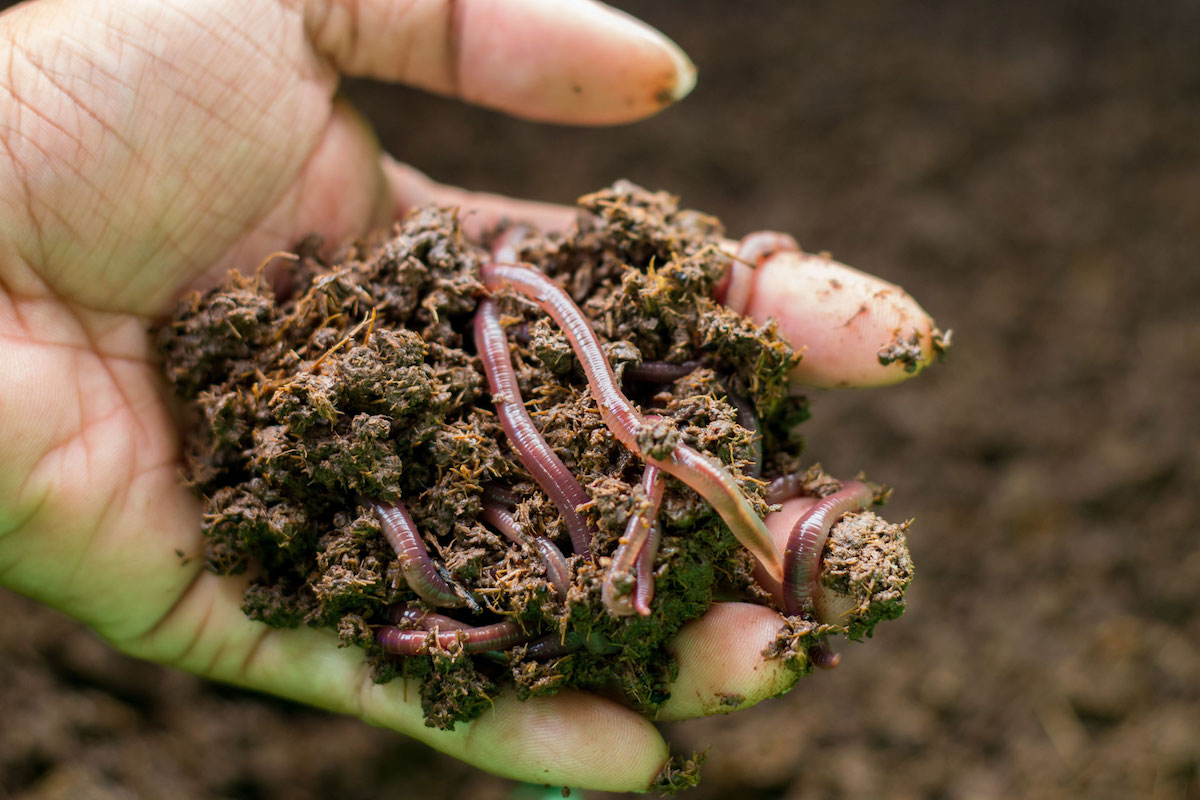

How We Farm
Living Soils
Modern conventional, production-intensive agriculture has literally sucked the life out of our soils. That means more and more outside fertilizer, water, and pesticides are needed to keep up yields but this comes at an enormous cost to our farmland. And dead soil is like an empty bank account, environmentally and nutritionally.
You’ve probably heard of the gut microbiome, a phenomena where trillions of bacteria living in our digestive systems influence just about every aspect of our health and well-being. Well, soil is exactly the same—it’s an incredibly complex living web of microorganisms that work symbiotically in some pretty astonishing ways.
Here at the Urban Edge Farm, we’re dedicated to keeping our soils vital and alive. We boost our soils naturally using worms, compost and compost tea, and manure.
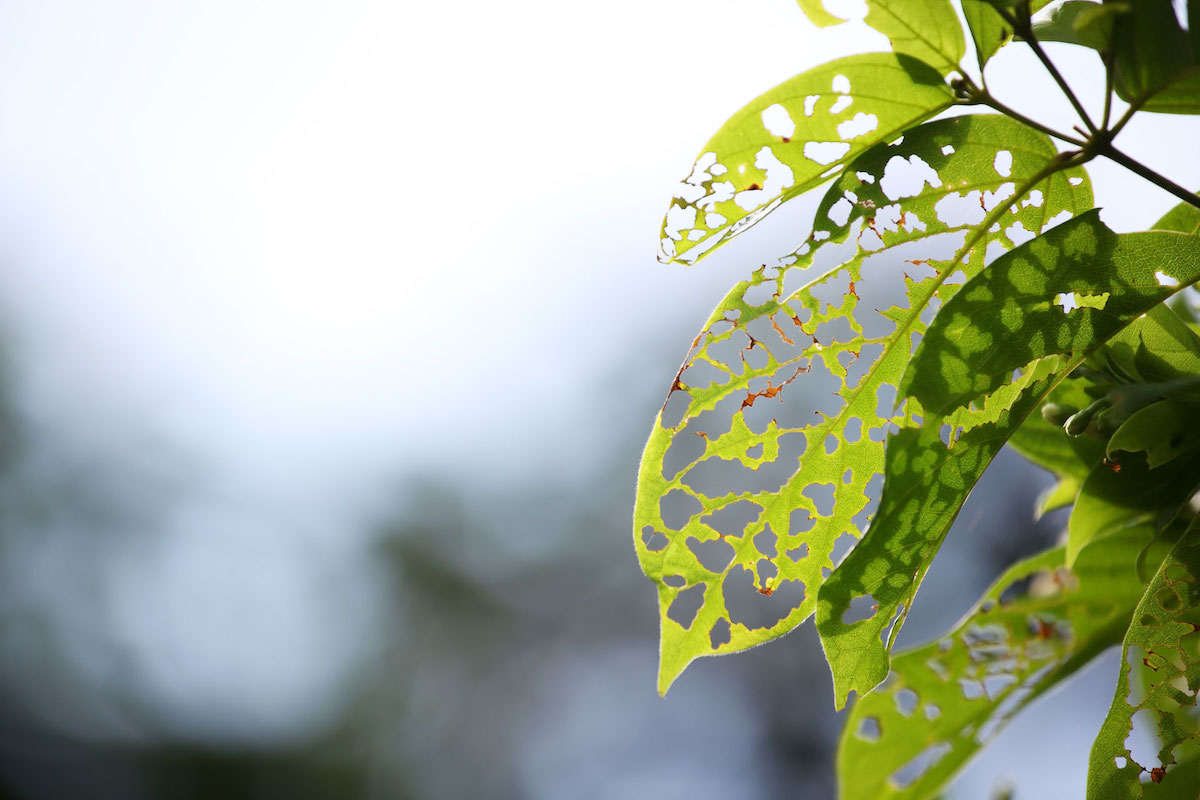

How We Farm
Integrated Pest Management (IPM)
Bugs, bugs, bugs. They’re everywhere! And fungus, blights, and mold oh my! These are the bane of farmers everywhere—after all, they know good food when they see it, just like us.
But, left unchecked, they can destroy entire fields and orchards, not to mention leave our fruits and veggies looking pretty ugly. And that has sparked the heavy use of very poisonous pesticides that are the hallmark of modern conventional agriculture. Our environment and our bodies have been paying the cost of all those toxins ever since in the form of contaminated soil, water, and chronic health problems.
Here at the Urban Edge Farm, our philosophy is that we’d rather coexist with bugs than wipe them all out with even these natural pesticides, since they’re often expensive and just don’t work very well. Instead, we actually grow a few extra plants and instead of pulling out a pest-ridden one, we leave it so the bugs do not move on to another host. This works well with creatures like the bragada beetle, which loves cabbage, broccoli, and cauliflower.
We also use a technique called companion planting, whereby we plant certain combinations of plants together. This not only maximizes space, production, and pollination but we take advantage of certain plants to naturally repel certain pests (such as marigolds). We also use predatory insects like ladybugs that feed on aphids—one year Julian released over 400,000 of them! (It was cool but we felt like bugs were crawling all over us for hours after the release.)
One last word for you, the consumer: Don’t be afraid or get turned off if our produce doesn't always look quite as picture-perfect as it does in the big supermarkets—it’s perfectly safe to eat. Huge amounts of pesticide, water, and food waste have often gone into creating those big, beautiful, photogenic fruits and vegetables. If your kale sports a few holes in its leaves, there’s a small bruise in your nectarine, or a bug is lurking in your lettuce, never fear! Just rinse or cut off whatever is necessary and go on your merry way. And it can be a good thing to find a caterpillar in your salad—it means no poisons lurk there!
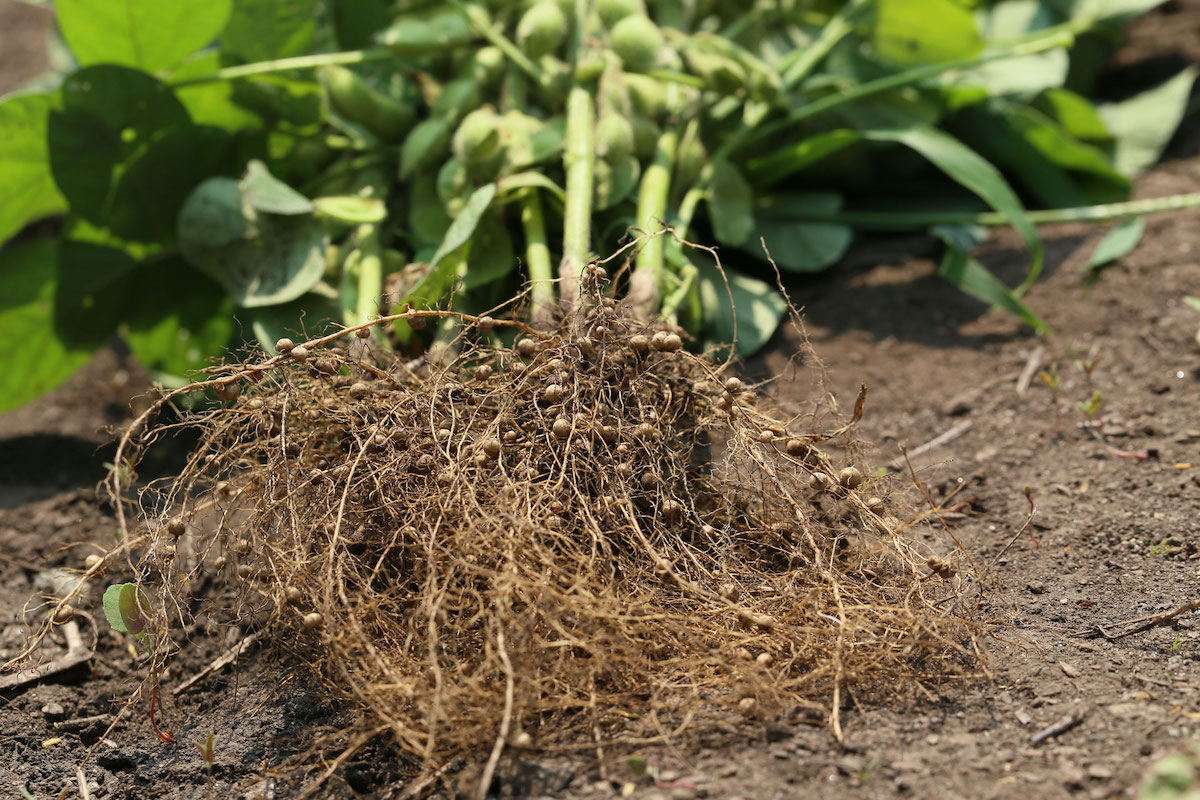

How We Farm
Cover Cropping
Cover crops are plants grown specifically to help enrich the soil during the off-season or when certain fields are given a rest for a season to regenerate. They are planted just like any other crop but then are eventually tilled back into the soil, where they decompose and add to the organic matter already in the ground. We conduct annual soil tests to determine exactly which plants to grow where.
Legumes (like beans, peas, and peanuts) are the wonders of the plant world because their roots absorb nitrogen. All plants and animals need nitrogen to exist, but while it makes up 80 percent of our air, it’s in a form that they can’t access. But, with the help of specific bacteria, legumes convert atmospheric nitrogen into a biologically usable form and store it in little nodules on their roots. When the legume plant dies, this nitrogen is released into the soil where other plants can feed on it.
Not only do cover crops put lots of nitrogen back into the land, but they also keep our soil from eroding, getting too compacted, and too dry. They also keep those pesky weeds and pests down!
What kind of plants do we use as cover crops? We love cereal grasses such as winter rye, Cayuse oats, ryegrass, and barley. And of course, we grow plenty of legumes like field peas, crimson clover, hairy vetch, snow peas, bell beans, and fava beans. A little mustard manages to sneak in there, too, because the same chemical compounds that make it spicy to us also help destroy soil-borne pests and diseases!
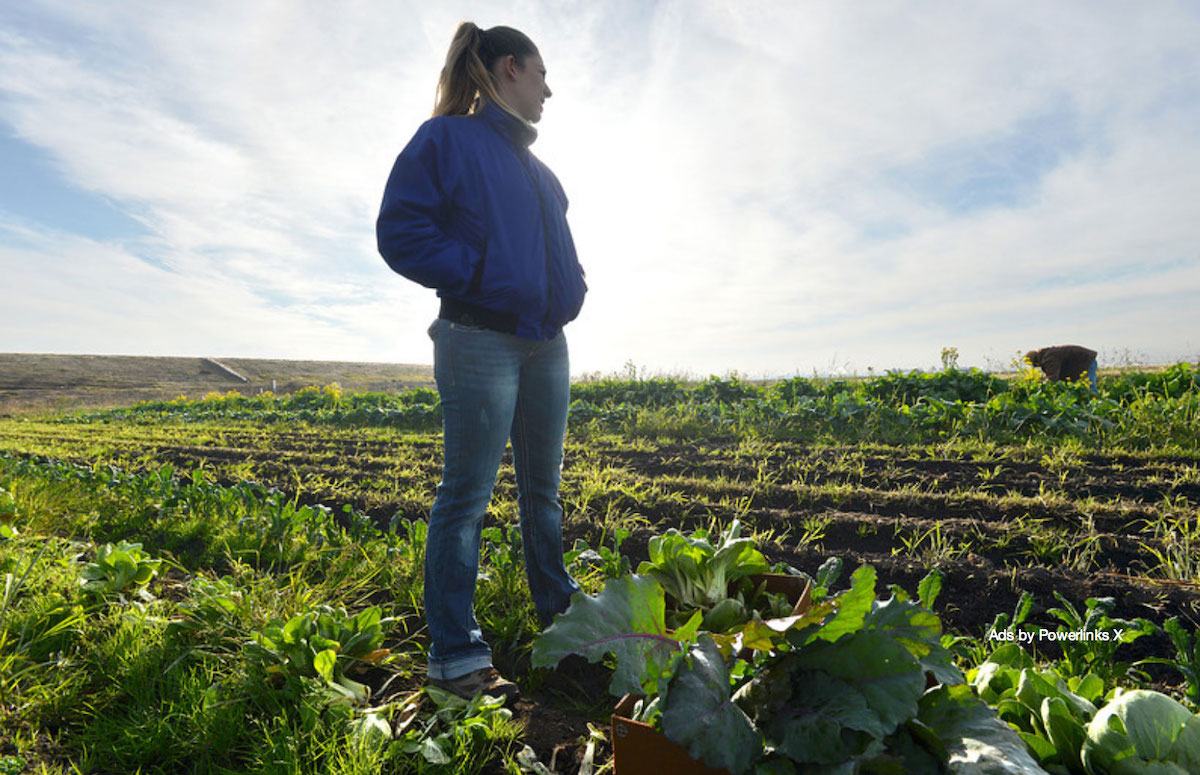

How We Farm
Carbon Sequestration
We’ve all been hearing a lot more in the media about carbon sequestration and the role it can play in slowing down climate change. In the simplest terms, carbon sequestration means removing carbon dioxide from our air and sequestering (storing) it in other places.
Plants absorb carbon dioxide through photosynthesis and store the carbon in their trunks, branches, leaves, and roots. Since farms and their associated forests and natural areas take up a lot of land, their potential to remove significant carbon dioxide from the atmosphere is huge and probably underestimated. Not disturbing the soil with unnecessary tilling also keeps carbon from being released, and farmers may be able to slow down or even reverse carbon loss from their fields.
At the Urban Edge Farm, we try to lessen our carbon emissions with these conservation practices:
- We’re careful to not disturb our fields when we don’t need to; this keeps carbon from being released from the soil into the air. Two side benefits: Our soils don’t erode and we save fossil fuels by not running the tractor!
- We frequently rotate our field usage and plant cover crops, which keeps carbon stored in the ground and in the plants.
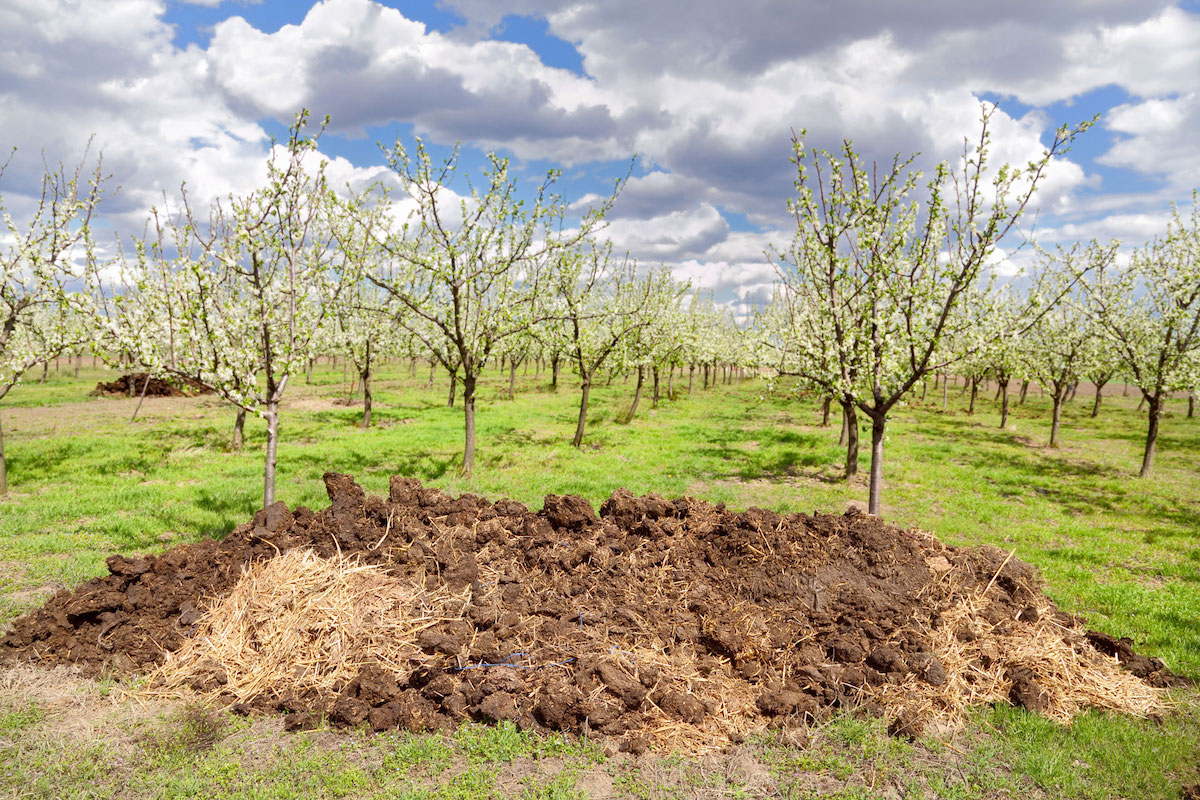

How We Farm
Compost
To enrich our soil, we use compost. Lots of it. What exactly is it?
Simply put, all organic matter rots. Over time, bacteria and other organisms break down everything from chicken poop to old zucchinis into a dirt-like substance that’s highly nutritious for plants. Compost is fantastic for building fertility, giving soil structure so it can better absorb and retain water (always an issue in dry California), and even suppressing certain plant diseases. It also increases the microorganisms in the soil, which helps our plants and trees produce better-tasting fruit and vegetables for you.
What goes into our compost? All of our plant waste, paper products, clippings from our vineyards and orchards, and feathers and manure from our goats, chickens, ducks, and bunnies. We use our final composted products (sometimes supplemented by worm castings) in our starter soil for greenhouse seedlings and in the fields before planting cover crops.
At the Urban Edge Farm, we produce several forms of compost:
- Compost (“regular” compost created from plant, animal, and paper residues)
- Vermicompost (soil that has been digested by earthworms and microbes)
- Compost Tea (compost that’s been steeped in water to make a “tea” that is sprayed directly on plants as a natural fertilizer)


How We Farm
Zero-Waste Agriculture
Farms produce a lot of waste. A fruit-and-vegetable farm like ours generates huge amounts of spoiled produce, branches, spent plants, leaves, and weeds. Zero-waste agriculture simply means that nothing ever goes into a landfill that sits and produces harmful methane gases—instead, it gets tossed onto a compost heap, shredded into mulch, or otherwise reused so it goes back into the farm/earth cycle without contamination or waste.
We’re also careful at our farm store, where we go through a lot of paper products such as soiled cardboard boxes, paper towels, and plates. We make sure none of that goes to the landfill and instead gets fed to our worms. We take the same values into our homes as well, so all of our kitchen scraps and food waste go to the chickens, ducks, or compost heap. And, since our farm and farm stand are mostly owned and operated by women, care is taken to use eco-friendly feminine hygiene products that are both reusable and compostable (having come this far, it’s worth going all the way)!
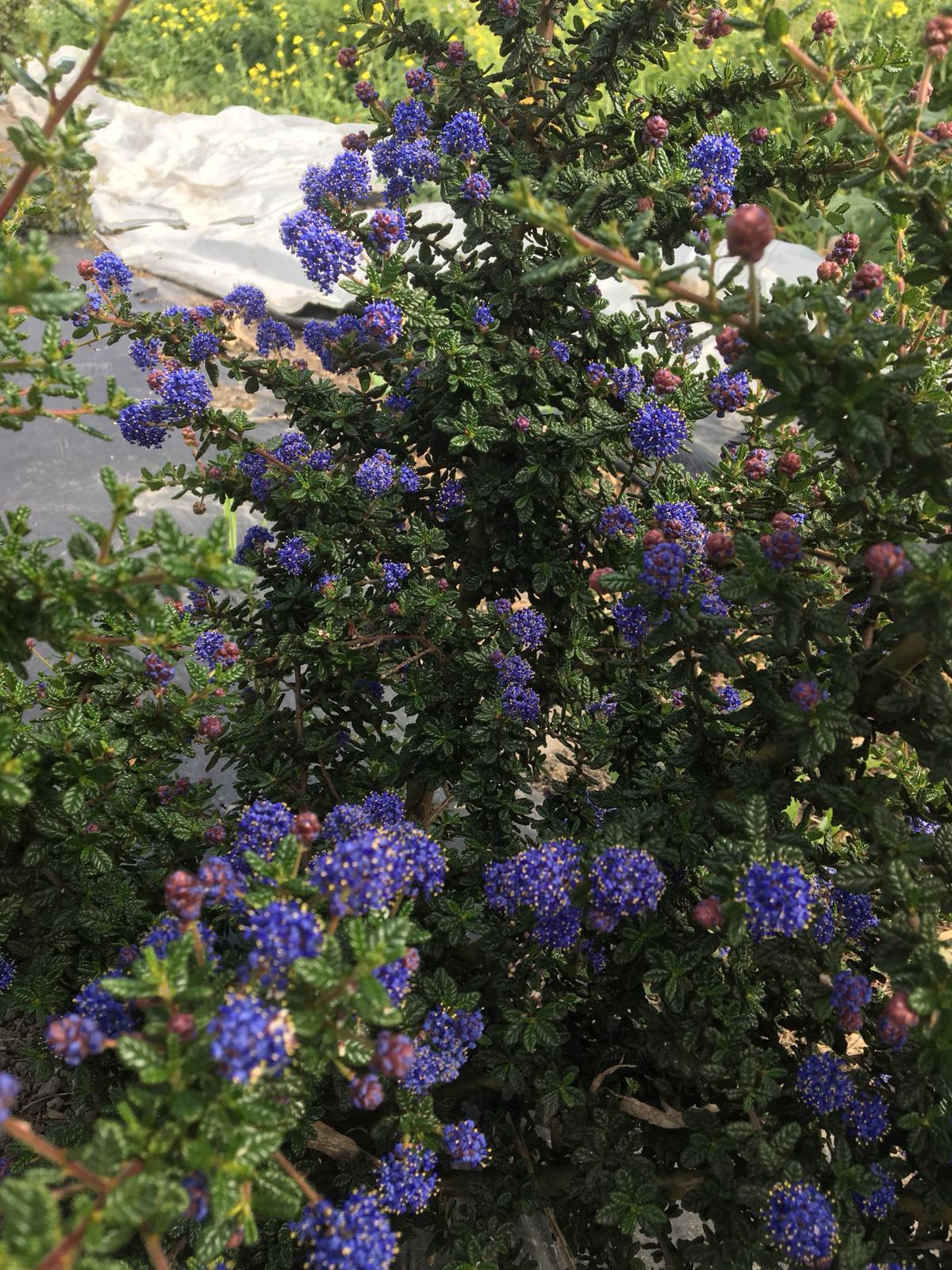

How We Farm
Hedgerows
At the Urban Edge, we are currently digging holes and prepping the ground to plant hedgerows (lines of small trees, shrubs, perennial flowers, and grasses) on both the north and east sides of the farm. (That’s so we don’t have to look at our neighbors. Just kidding!)
So far, we have chosen Western redbud, California lilac, flannel bush, and toyon. Lower-height plants will be planted next to the taller shrubs; they include deergrass, yarrow, aster, salvia, and other California native plants.
We plant hedgerows for many reasons:
- To provide habitat, food, cover, and migratory stops for wildlife
- To increase sources of pollen, nectar, and nesting habitat for pollinators such as birds, bees, and butterflies
- To provide habitat for beneficial insects as part of our integrated pest management system
- To filter airborne dust, smoke, and pollutants
- To serve as screens and barriers to noise and wind
- To increase carbon storage in our soils
- To serve as living fences for privacy and beauty
